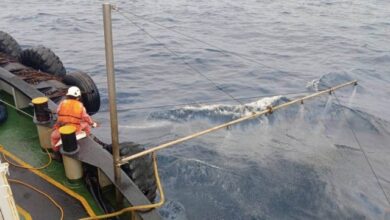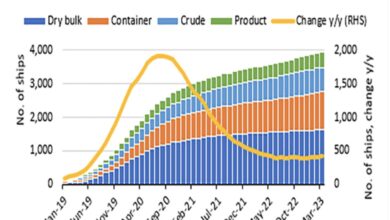HomeMarineNewsOrganisations
IMO : Further shipping GHG emission reduction measures adopted
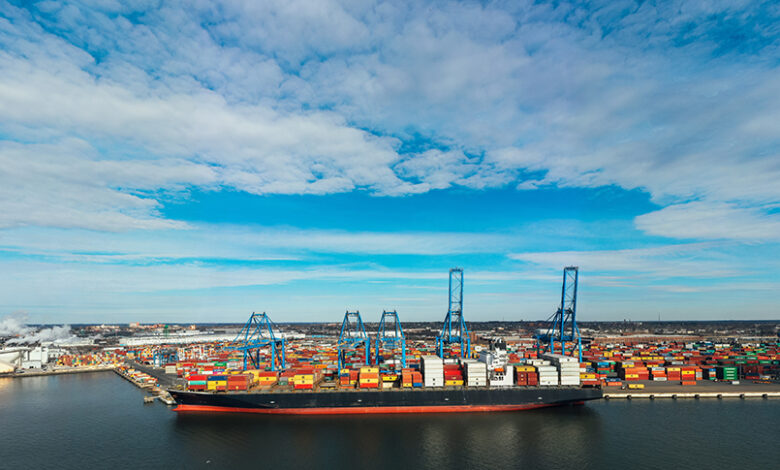
International Maritime Organization (IMO) adopts key mandatory measures to reduce ships’ carbon intensity; establishes a ship rating system
The MEPC adopted amendments to MARPOL Annex I to introduce a prohibition on the use and carriage for use as a fuel of heavy fuel oil (HFO) by ships in Arctic waters on and after 1 July 2024.
New mandatory measures to cut the carbon intensity of international shipping have been adopted by the International Maritime Organization (IMO), setting shipping on a course to meet greenhouse gas reduction targets established in the 2018 Initial IMO Strategy for Reducing GHG Emissions from Ships.
IMO’s Marine Environment Protection Committee (MEPC 76), meeting in a remote session from 10 to 17 June 2021, adopted amendments to the International Convention for the Prevention of Pollution from Ships (MARPOL) Annex VI that will require ships to reduce their greenhouse gas emissions. These amendments combine technical and operational approaches to improve the energy efficiency of ships, also providing important building blocks for future GHG reduction measures.
The new measures will require all ships to calculate their Energy Efficiency Existing Ship Index (EEXI) following technical means to improve their energy efficiency and to establish their annual operational carbon intensity indicator (CII) and CII rating. Carbon intensity links the GHG emissions to the amount of cargo carried over the distance traveled.
Ships will get a rating of their energy efficiency (A, B, C, D, E – where A is the best). Administrations, port authorities, and other stakeholders as appropriate are encouraged to provide incentives to ships rated as A or B also sending out a strong signal to the market and financial sector.
A ship rated D for three consecutive years, or E is required to submit a corrective action plan, to show how the required index (C or above) would be achieved.
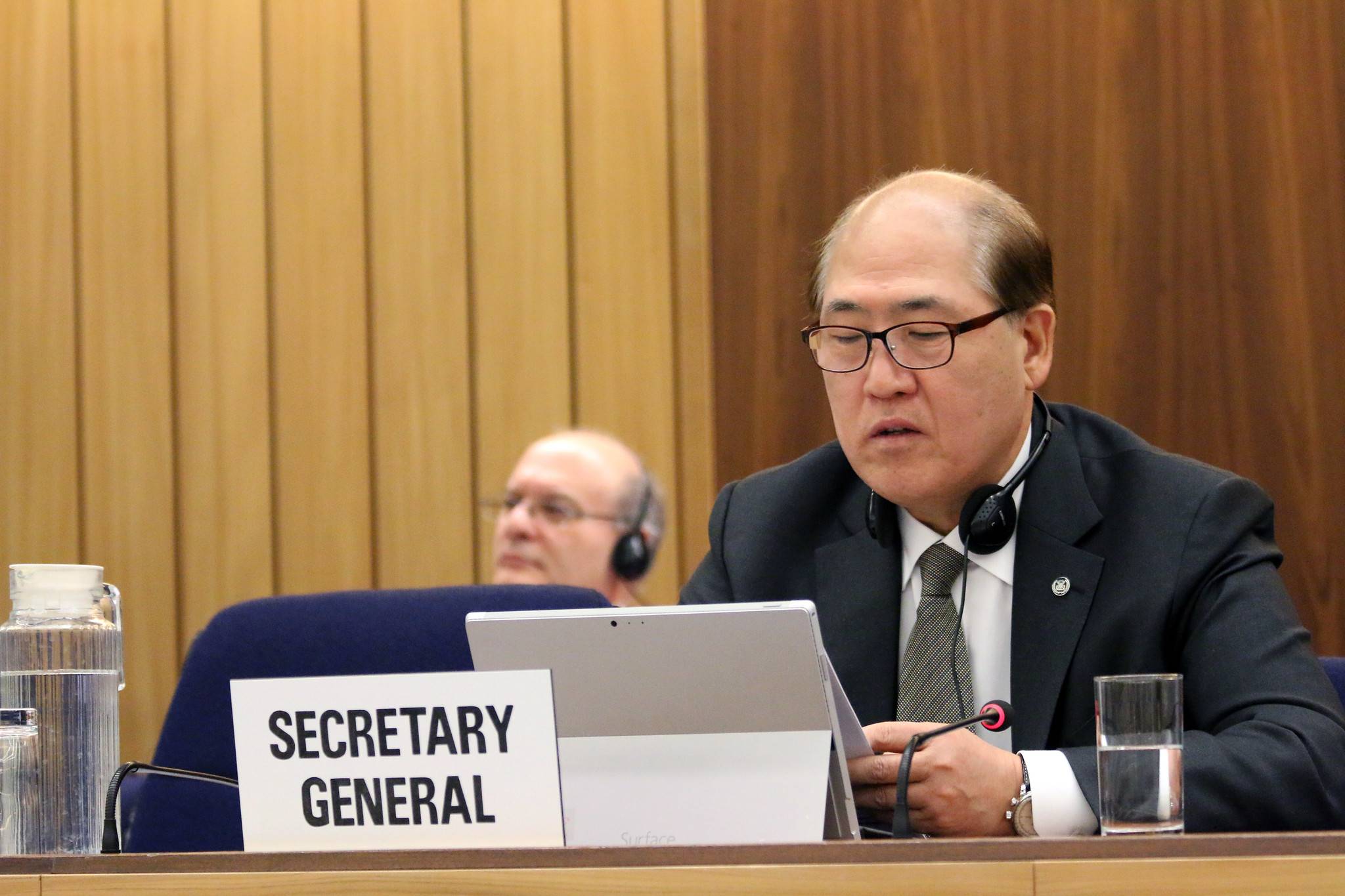
IMO Secretary-General Kitack Lim said the adoption of the new measures would build on IMO’s previously adopted mandatory energy efficiency measures, to lead shipping on the right path towards decarbonization.
“The path to decarbonization is a long, but also a common path in which we need to consider and respect each other’s views. We have made a considerable amount of progress since the start of our journey,” Mr. Lim said, ” … your progress will continue to provide the benefit of experience to be able to make ambitious, and evidence-based decisions for phase 3 of the implementation of the operational measure which will be further strengthened and developed taking into account the review of the short-term measure and the latest climate science,” he added.
The amendments to MARPOL Annex VI (adopted in a consolidated revised Annex VI) are expected to enter into force on 1 November 2022, with the requirements for EEXI and CII certification coming into effect from 1 January 2023. This means that the first annual reporting will be completed in 2023, with the first rating given in 2024.
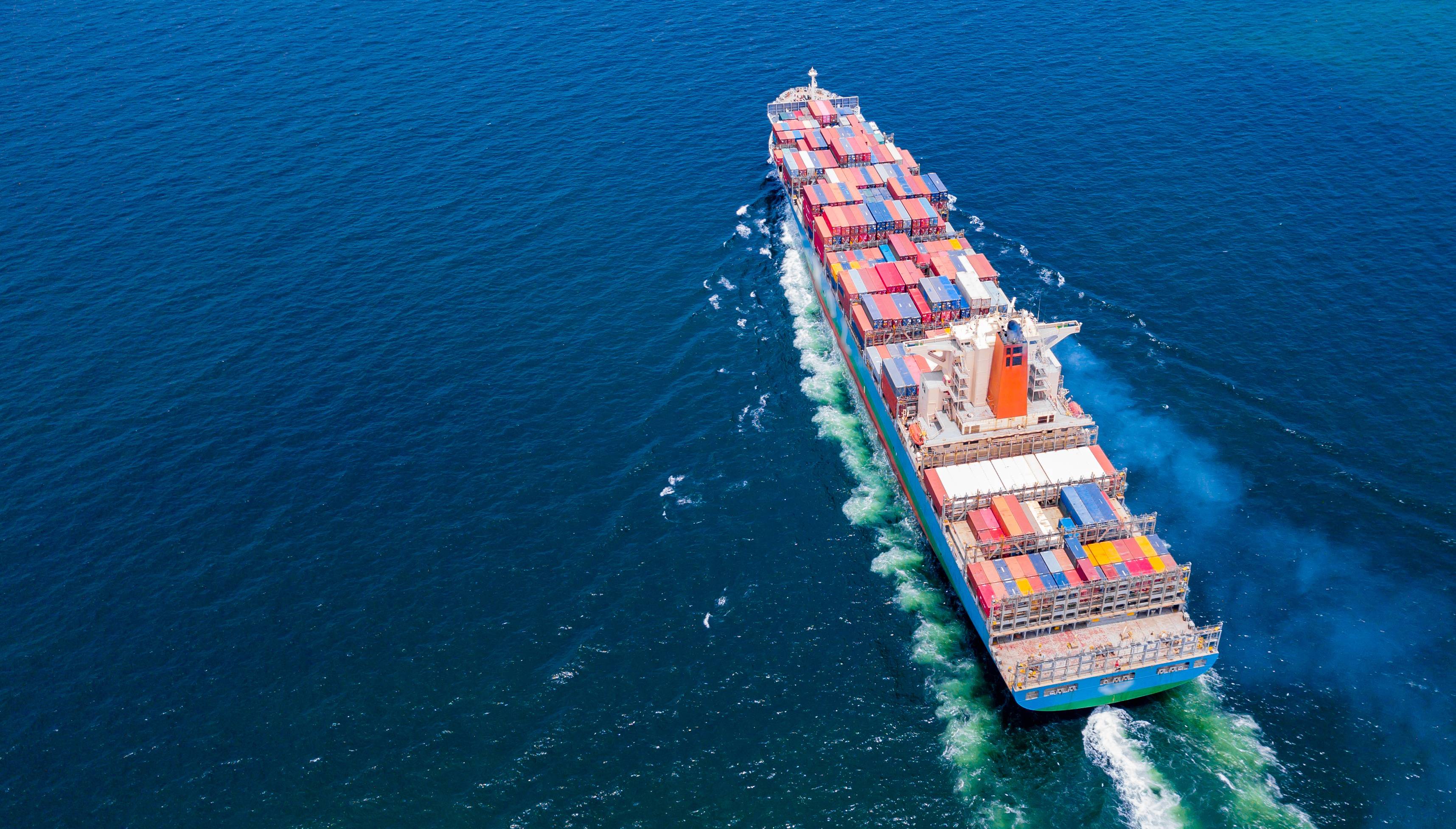
A review clause requires the IMO to review the effectiveness of the implementation of the CII and EEXI requirements, by 1 January 2026 at the latest, and, if necessary, develop and adopt further amendments.
Impact assessment
In adopting the measure, MEPC also considered the outcomes of a comprehensive impact assessment of the measure which examined potential negative impacts on States and agreed to keep the impacts on States of the measure under review so that any necessary adjustments can be made.
In adopting the amendments, the MEPC agreed in its resolution to undertake a lessons-learned exercise from the comprehensive impact assessment of the amendments to MARPOL Annex VI, with a view to improving the procedure for conducting future impact assessments.
Secretary-General Lim welcomed the approval and consideration of the outcome of the related comprehensive impact assessment and the decision to keep impacts of the measure under review and to initiate a lessons-learned exercise.












